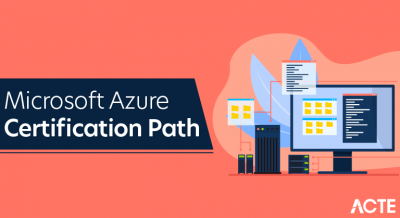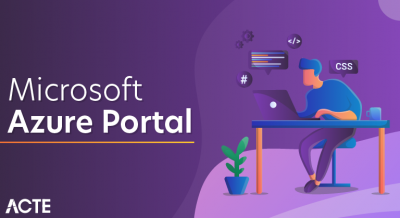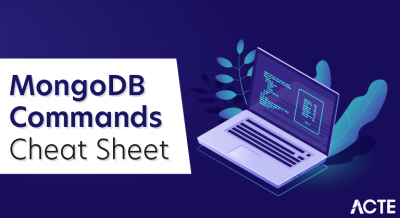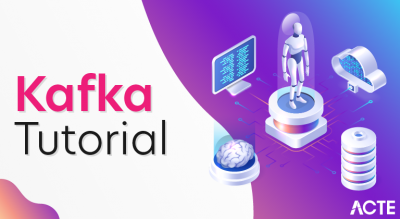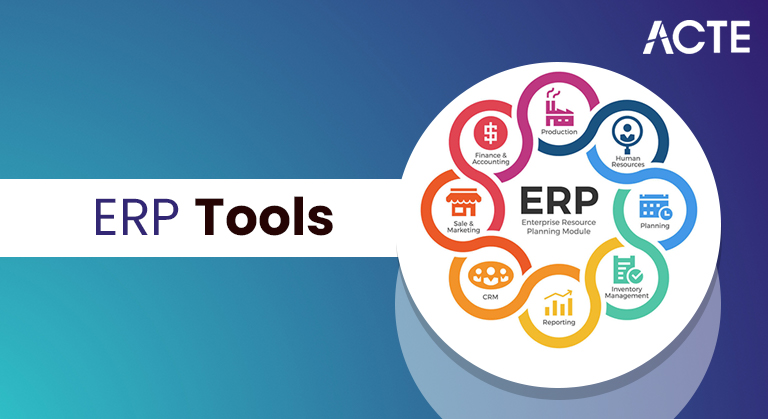
ERP definition :-
Enterprise resource planning (ERP) is an arrangement of coordinated programming applications that normalizes, smoothes out and incorporates business processes across finance, HR, obtainment, dissemination, and different offices. Regularly, ERP frameworks work on a coordinated programming stage utilizing normal information definitions working on a solitary data set.
ERPs were initially intended for assembling organizations however have since extended to support ventures, advanced education, neighborliness, medical care, monetary administrations, and government. Every industry has its own ERP quirks. For instance, government ERP utilizes contract lifecycle the board (CLM) rather than customary buying and keeps government bookkeeping guidelines rather than GAAP. Banks have administrative center settlement cycles to accommodate checks, Mastercards, charge cards, and different instruments.
- ERP frameworks further develop venture proficiency and adequacy in various ways. By incorporating monetary data in a solitary framework, ERP frameworks bind together an association’s monetary revealing. They additionally coordinate request the executives, making request taking, fabricating, stock, bookkeeping, and conveyance a lot more straightforward and less blunder inclined cycle. Most ERPs likewise incorporate client relationship the board (CRM) devices to follow client collaborations, accordingly giving further experiences about client conduct and needs.
- They can likewise normalize and mechanize assembling and supporting cycles, and bringing together obtainment across an association’s divergent specialty units. An ERP framework can likewise give a normalized HR stage to time detailing, cost following, preparing, abilities coordinating, and such, and significantly improve an association’s capacity to record the important announcing for unofficial laws, across money, HR and the inventory network.
- Appropriately working ERP frameworks empower ventures to lessen the time needed to finish essentially every business cycle. They likewise advance joint effort through shared information coordinated around normal information definitions, bringing about better independent direction. The normalization and rearrangements that ERP situation offer outcome in less inflexible designs, in this manner making a more dexterous venture that can adjust rapidly while expanding the potential for coordinated effort. An ERP frameworks incorporated data set, while being a greater objective, is simpler to get than information dissipated across many frameworks.
The advantages of an ERP framework :-
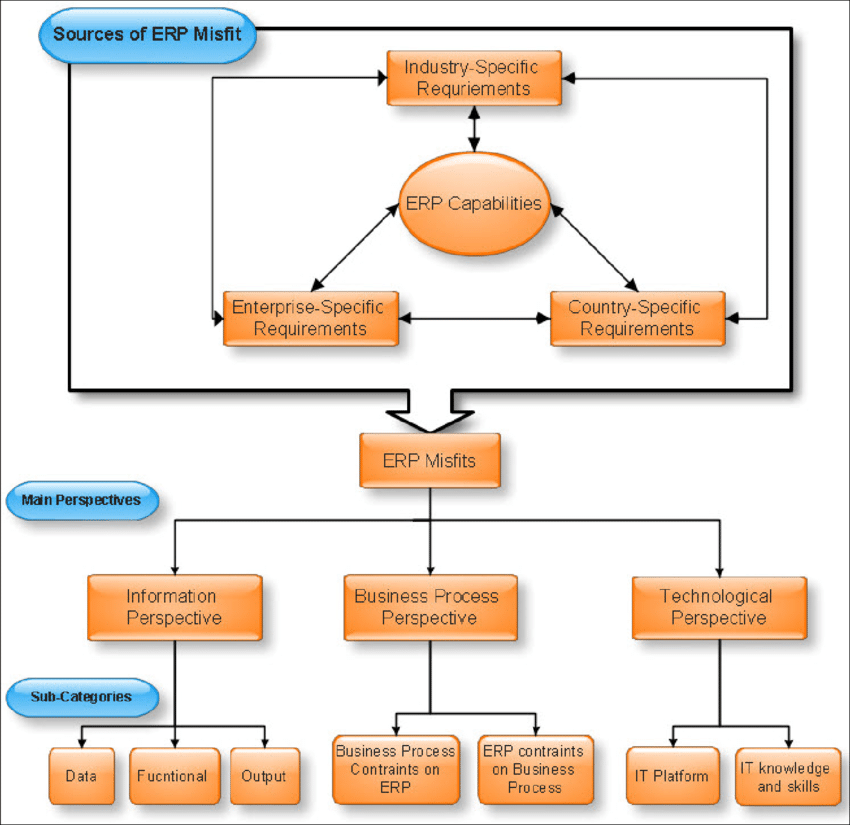
4 key features of ERP systems :-
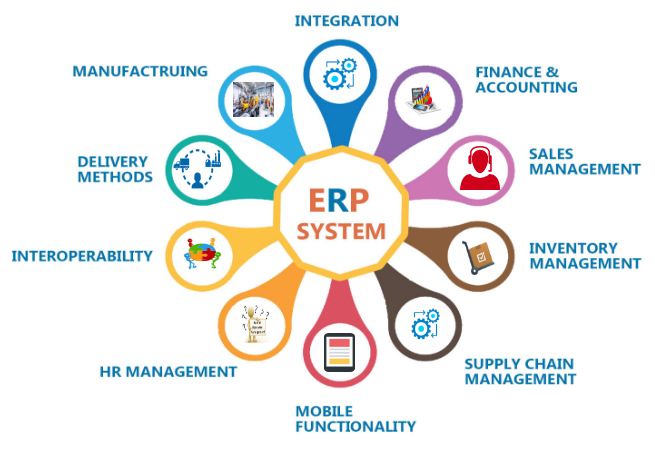
The scale, extension, and usefulness of ERP frameworks differ broadly. In any case, most ERP programming highlights the accompanying qualities:
Enterprise-wide integration. Business processes are coordinated start to finish across divisions and specialty units. For instance, another request consequently starts a credit check, questions item accessibility, and updates the conveyance plan. When the request is transported, the receipt is sent.
Real-time (or near real-time) operations. Since the cycles in the model above happen inside a couple of moments of request receipt, issues are distinguished rapidly, giving the merchant more opportunity to address the circumstance.
A common database. A typical data set empowers information to be characterized once for the undertaking with each office utilizing a similar definition. A few ERP frameworks split the actual information base to further develop execution.
Consistent look and feel. Early ERP merchants understood that product with a steady UI lessens preparing costs and shows up more expert. At the point when other programming is gained by an ERP seller, normal look and feel is some of the time deserted for speed to showcase. As new deliveries enter the market, most ERP merchants reestablish the predictable UI.
- It should be a brought together framework, with simple to-utilize applications and connection points, that works flawlessly across various offices with the vital controlled admittance
- A typical data set (or various yet shared data sets) open through various applications
- Search and announcing utilities to create reports dependent on different boundaries (like “all unshipped orders starting yesterday in the ‘toys’ class”)
- Adaptability, customization, and simple incorporation of impromptu modules, depending on the situation
- To address the issues of the previously mentioned practical necessities, the accompanying apparatuses and applications are obligatorily incorporated into the ERP framework.
What Is Needed from an ERP System?
Any ERP framework essentially needs to satisfy the accompanying utilitarian necessities.
- Information stockpiling and data the board with set up work process across various divisions and capacities are the spines of any ERP framework. Different arrangements and instruments are accessible for information stockpiling, which incorporate social data sets from organizations like Oracle, Sybase, DB2, and open source free contributions like Microsoft MySQL, PostgreSQL, Apache Derby, and so on Other data the board apparatuses may incorporate Content Management Systems (CMS) and archive applications.
- Contingent on the business and required capacities, a suitable one should be chosen. A maker might find a conditional information base like Oracle or MySQL to be more important as exchange based information travels through various situations with (assembling to stock to arrange catch to deal to supply status). Then again, an internet based substance composing organization might observe a CMS archive framework with adaptation control a superior fit for their requirements.
- The data set or store can be either a solitary incorporated one, or various with programmed information stream from one data set to the next. The characterized work process guarantees consistent information development. Information bases can be facilitated locally or from a distance, or even in the cloud.
- An ERP framework comprises of numerous modules and information storehouses where information updates and activities follow a consistently characterized arrangement dependent on the business needs. This comprises the work process. Work process can be considered as the brain controlling the different body capacities (stream of blood, air, food and different supplies, body parts development, and so forth) An obviously characterized work process with fitting access at different levels is an essential piece of any ERP arrangement.
- Regularly utilized instruments executed inside the ERP system incorporate Agiloft Workflow, WorkflowGen, Inceptico DMS, Intelex Business Management, SimpleECM, and so on
- Inside any framework working across various divisions, correspondence is compulsory. ERP frameworks work with this by offering apparatuses for activity based computerized mail age, texting, talk, or general transmission highlights at individual and gathering levels.
- Say once a request is set apart as “Prepared to Ship,” a mechanized mailer ought to be set off to the operations office to start the dispatch cycle (or then again on the off chance that a pizza shop kitchen has fostered an issue); an overall transmission message can be shipped off any remaining divisions to quit taking further requests.
- Further texting capacities (like those from Lync, Chatter, or Yammer) are fused to empower simple and moment correspondence.
- Notwithstanding the above apparatuses that are a basic piece of any ERP framework, there are extra ones that can be coordinated dependent upon the situation.
- A great deal of scientific apparatuses can be coordinated inside ERP framework for business knowledge, prescient examination, information mining and related investigation. These logical instruments are utilized to get significant experiences for making vital business choices dependent on accessible information (like following customer conduct around seasonal shopping, relative outcomes for items in red hued rack having a greater number of deals than those in blue hued rack, and so forth)
- ERP frameworks can likewise coordinate devices for dispensing assets across offices and assignments (for work concentrated enterprises). These apparatuses work on the basic rule of characterized time taken by an errand/project against the asset accessibility plan. On task fulfillment, the asset is consequently alloted another undertaking matching his abilities or is placed in a pool for the following task.
- Apparatuses have usefulness for manual intercession at the chief level on the off chance that an errand is deferred. Benefits incorporate clear perceivability about current and future responsibility, ideal asset use, investigating opportunities for computerization, and so on
Top Tools for ERP Enterprise Resource Planning :-
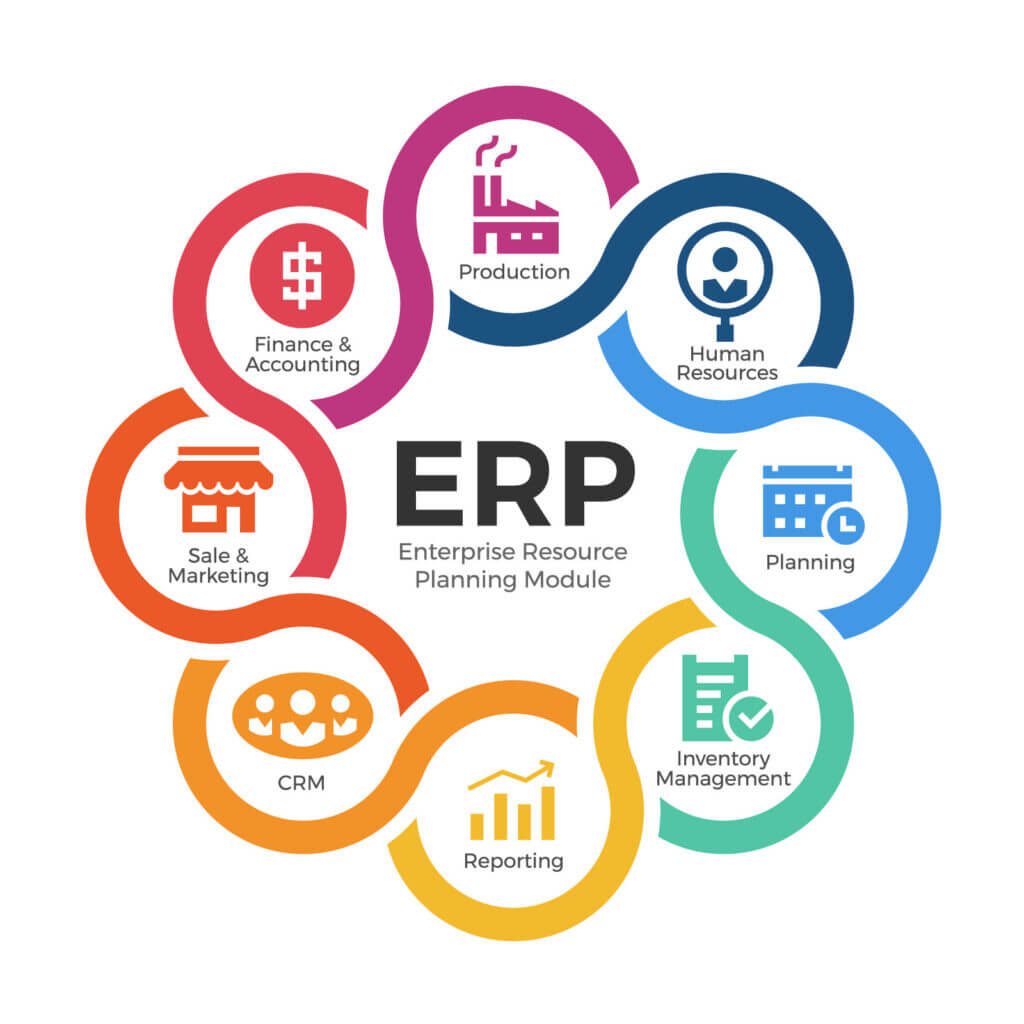
Information Management Tools:
Work process Management Tool:
Specialized Tools:
Logical Tools:
Asset Allocation and Task Scheduling Tools:
ERP Implementation :-
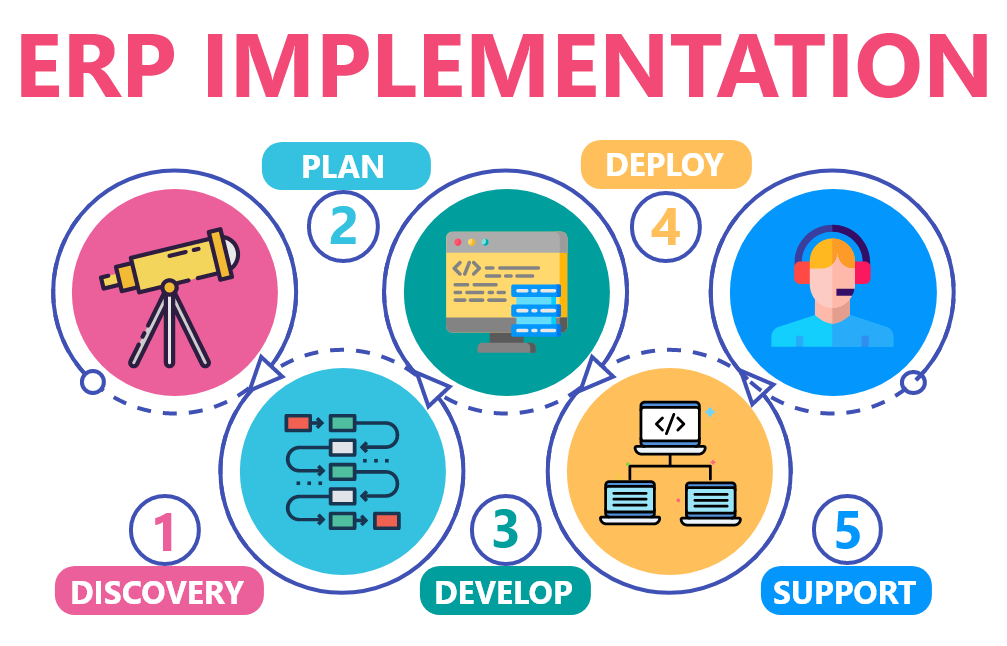
Here are the seven vital phases of an ERP execution:
1. Discovery and planning: To begin, arrange a cross-practical group to figure out what, precisely, the organization needs from an ERP framework. This group ought to recognize wasteful cycles and different detours to business development.
2. Evaluation and selection: Now that the group has a necessities archive, it’s an ideal opportunity to assess driving contributions and select the stage that can best purpose existing issues, address every one of divisions’ issues and advance the organization’s development.
3. Design: At this stage, the execution group sorts out whether the framework can uphold existing work processes and which cycles might have to change. This is likewise an opportunity to recognize any necessary customizations.
4. Development: Internal and additionally outer specialized experts arrange the product to meet your characterized needs and start moving the organization’s information to the new arrangement. This present time is additionally the opportunity to conclude how you will prepare workers on the framework and start booking meetings and creating or securing required preparing materials.
5. Testing: This isn’t a stage to be skipped — it’s significant to ensure everything functions true to form and fix any unanticipated issues. Incorporate clients from across the organization when testing the stage.
6. Deployment: It’s an ideal opportunity to go live. There are frequently hiccups from the beginning, and organizations ought to focus on worker preparing to alleviate protection from change. A few firms choose a staged rollout, while others push all modules inhabit once.
7. Support: Ensure clients have all that they need to exploit the new framework. This is a continuous interaction and could incorporate extra designs, frequently with the assistance of the seller or specific experts.
- Since organizations comprehend the colossal advantages that accompany an ERP, they’re searching for ways of increasing the game. Innovation like computerized reasoning (AI), blockchain, increased reality (AR) and the web of things (IoT) are forming the present ERP patterns. A large number of these innovations are as of now installed inside industry-driving ERP arrangements.
- Simulated intelligence and AI, for instance, can computerize account compromises and banner exchanges that require a more intensive look. This saves the bookkeeping group time and offloads an undertaking most don’t anticipate. AI innovation improves as it processes more exchanges, and it can assist with growing more exact figures.
- Blockchain bundles information in a protected arrangement and can expand straightforwardness among organizations in a store network. In particular, it can show the situation with explicit items exhaustively and makes an inside and out review trail of a thing’s excursion from natural substance to completed great. This likewise gives data from which the ERP can draw experiences.
- Increased reality has acquired a traction in retail, permitting customers to essentially put a mat or 3D picture of a household item in their front rooms to get a feeling of how it would look prior to buying. Every one of the relevant elements and pictures expected to make AR work can be put away in the ERP.
- At last, more organizations are perceiving the worth of IoT gadgets, similar to sensors, scanners and cameras, that can take care of data back to the ERP. A sensor that screens the presentation of a piece of distribution center mechanization hardware, for example, could alarm an administrator when the apparatus begins working all the more leisurely. That could be a sign the hardware needs fix, and the business can intercede before it breaks and upsets activities. An IoT tracker on a conveyance truck could show that drivers are taking wasteful courses and recommend they generally use GPS.
Future of ERP :-
Conclusion :-
ERP is a perplexing structure to carry out and generally needs a devoted merchant for execution. Two major bottlenecks related to ERP executions are significant expenses and the inability to hold fast to best practices. While cost can be relieved somewhat via cautious valuation of various merchants and evaluation of free open-source apparatuses, the other test of disappointments because of absence of adherence to best practices can be moderated by centered preparing to representatives. Legitimate appraisal at introductory stages, banding together with sellers with right ability and being sure about prerequisites from the beginning will help a productive and fruitful execution of ERP devices.

